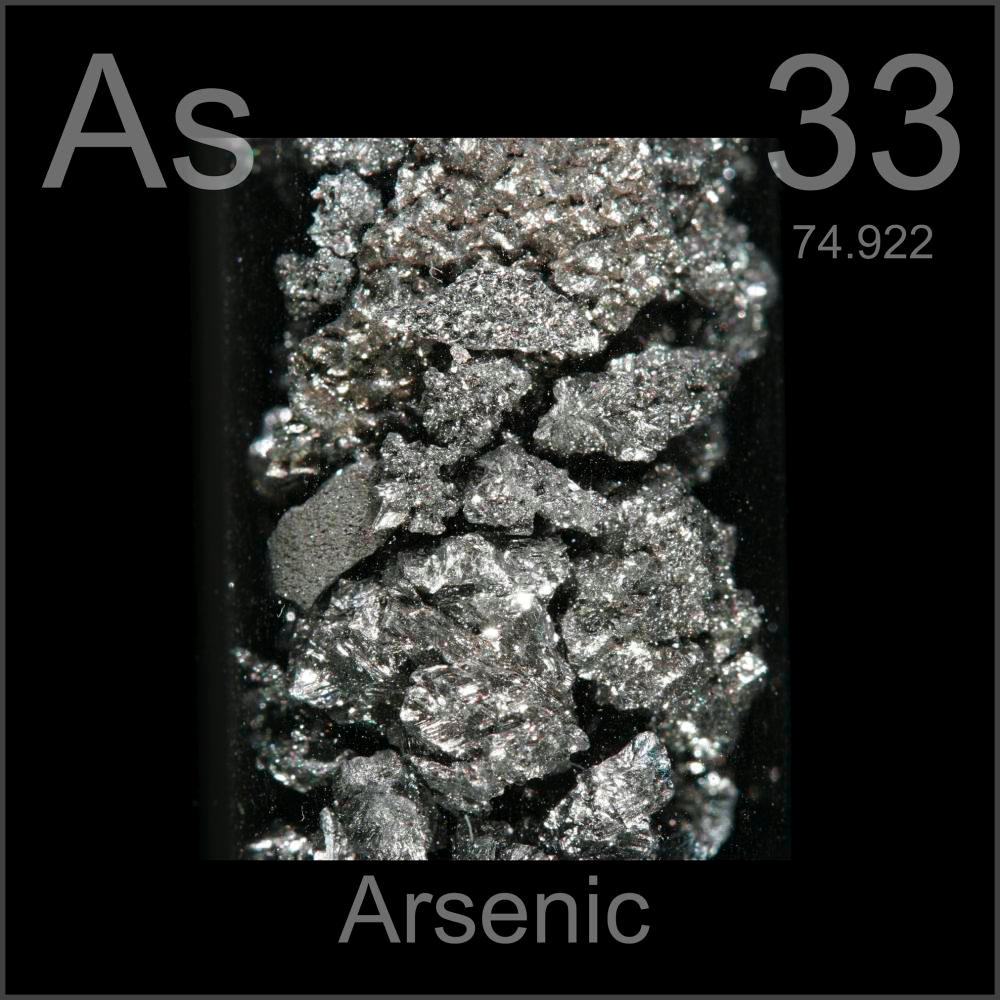Geologist Qusheng Jin had “a wild hypothesis” in 2008 that a bacterial process was at work in an arsenic-contaminated aquifer in Oregon’s southern Willamette Valley.
In a paper published in the journal Nature Geoscience, Jin’s team shows the process is in play and concludes the practice of just monitoring total arsenic levels for groundwater safety is not enough.
They suggest organic arsenic forms, generally considered less toxic, should be looked at more closely in aquifers around the world.
“No one has touched on the link between arsenic on the surface and in groundwater,” says Jin, a professor in the University of Oregon’s geological sciences department. “Traditionally the presence of the organic form in groundwater has been ignored. The focus has always been on inorganic forms, arsenate and arsenite.”
That approach, Jin says, over-simplifies the view on arsenic levels and overlooks how human activities, including pumping and irrigation, or environmental factors such as heavy rain or drought may influence organic forms.
SAFE TO DRINK?
Water is considered safe to drink when total arsenic levels are below 10 micrograms per liter. Levels above that are considered cancer risks.

